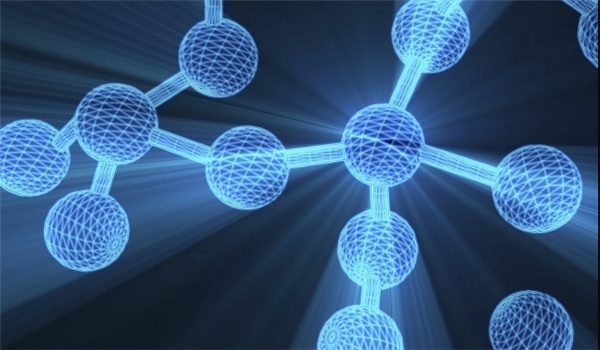A group of Iranian researchers have created a specialized biomagnetic sorbent using technology, which can be used to remove metallic ions from water with a view to being able to separate pollutants from the liquid and extract them.
The sorbent is notable for the fact that it is an extremely high sorption capacity, with the nanocomposite also being very easy to separate from the sorption environment so that is can be used again. Scientists use a magnetic field to achieve this, and the sorbents reusable nature makes it extremely attractive for organizations that need to remove contaminants from water.
The issue has been something of a hot-button topic in Iran in recent years, with the contamination of both underground and surface waters becoming extremely common as the country’s population increases and they head towards increased industrialization.
Amongst the main concerns is contaminating the water supply with ions of heavy metals that include lead, cobalt, copper and nickel. As these ions are not biodegradable they are capable of entering the food cycle and being consumed by both animals and the general population. If consumed in a high enough quantity this can lead to permanent damage to the internal organs of any animal or human who ingests them.
This issue has led researchers to look into ways to purify the water supply, with researcher eventually settling on the biomagnetic sorbent. This sorbent, which has been created using nanotechnology, is made using a biological polymer namedthiacalixarene. The main aim of the researchers was to create a solution that is both extremely efficient and also cost-effective enough to be used en-masse, which is why the reusable nature of the sorbent is of such critical importance.
Thiacalyxarene was used due to the fact that the compound has extremely high reactivity with heavy cations, which is attributed to the presence of pores and hydroxyl funcational groups. This high reactivity allows the resulting sorbent to offer much higher levels of efficiency than similar products, while still maintaining a reasonable price point that makes it a realistic option for a developing nation.
The research has concluded that the compound offers superior sorption of the metallic ions that most commonly act as a contaminant, thanks in large part to the use of the nanocomposite. Furthermore, as biomagnetic separation can be used to remove the sorbent from the sorption environment, the nanocomposite can be used repeatedly with little in the way of degradations.
For more information:
Iranian Polymer Journal, vol. 23, pp. 933-945.
Related news:





